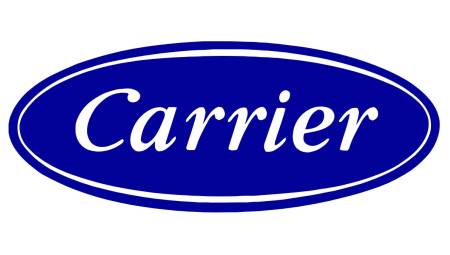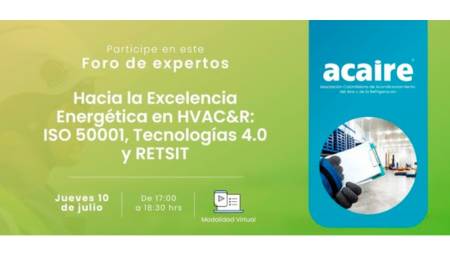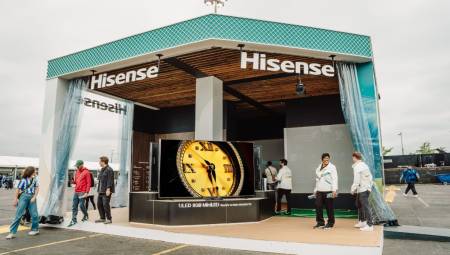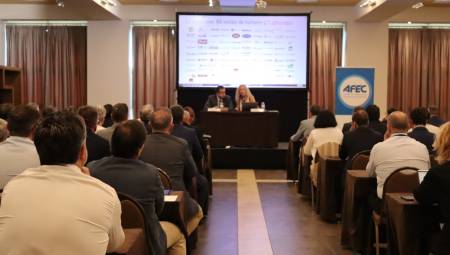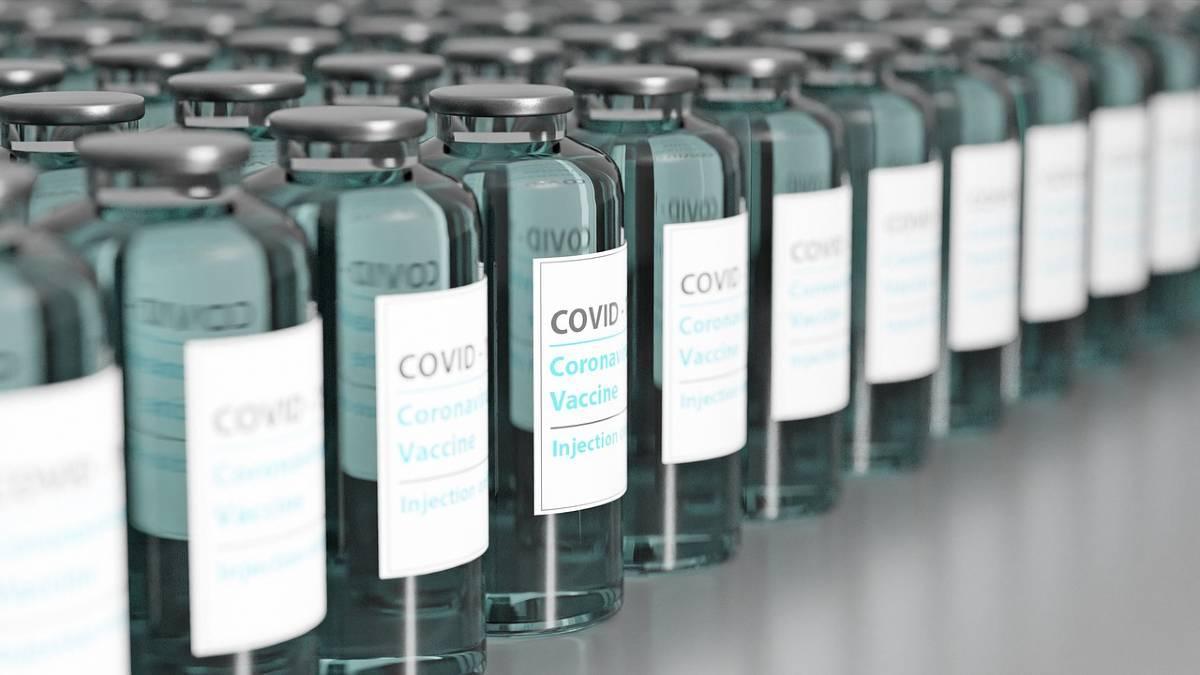 International. The logistics of the medical supply chain has always had particular demands that make it a challenge. That is, it was already complicated before, and now, around the world, in view of the current pandemic, national supply chains are under more tension to effectively manage the introduction and distribution of new COVID-19 vaccines.
International. The logistics of the medical supply chain has always had particular demands that make it a challenge. That is, it was already complicated before, and now, around the world, in view of the current pandemic, national supply chains are under more tension to effectively manage the introduction and distribution of new COVID-19 vaccines.
The increase in supplies implies that the actors in the chain must adapt to the needs and new distribution strategies, which also implies using the new technological advances in the equipment of the cold chain to increase their efficiency and effectiveness.
Why? Because an increase or decrease in temperature or humidity in the cold chain would render vaccines ineffective.
In fact, according to the IQVIA Institute for Human Data Science, the biopharmaceutical industry loses approximately $35 billion a year due to failures in temperature-controlled logistics.
It is estimated that 20% of temperature-sensitive products are damaged because the cold chain is disrupted during transport.
And according to research from the World Economic Forum, more than 50% of vaccines are wasted worldwide each year due to temperature control, logistics, and shipping-related issues.
And at the present time, of course, nobody wants to hear that you can't use a batch of thousands of vaccines because a freezer went out, for example. We are not for any waste! So the system of storage, transport and administration of the vaccine must be very well planned, and those who do must know in detail the challenges. Things fail, compressors break and you have to have spare parts, know how to repair and what time limits to work in.
Usually, this could be solved by sending surpluses, but with so much demand for COVID vaccines, every missed or ruined dose will be deeply felt. The protection of the usability rate of vaccines will depend on the tracking and passing of the final mile.
Logically, this pressure to increase performance is pushing the boundaries of what can be achieved. And for WHO, it is currently a priority and a key to the Global Vaccine Action Plan (GVAP).
They have even developed in collaboration with PATH, Project Optimize, focused on finding ways to optimize immunization supply chains to serve an increasingly large and expensive vaccine portfolio, with the aim of providing the world of immunization with stronger, more adaptable and more efficient logistics systems.
In fact, according to the World Health Organization itself, successful immunization programs "are based on functional logistics and supply chain systems from start to finish. The function of the supply chain is to ensure the storage, handling and stockpiling of effective vaccines; rigorous temperature control in the cold chain; and maintenance of adequate logistics management information systems". 1
CTC, the new cold chain
Hence, today, it is evolving beyond the traditional cold chain, which serves to maintain products such as temperature-controlled vaccines, under the conditions established in all aspects of the chain, from procurement to transport and distribution.
The innovative approach to "temperature controlled chain" (CTC) vaccine management, allows vaccines to be kept at temperatures outside the traditional cold chain of +2°C to +8°C for a limited period under controlled and monitored conditions.
These are chains that usually involve a single excursion of the vaccine to room temperatures not exceeding 40 °C and for a specified number of days prior to administration.
The World Health Organization set criteria for a vaccine to be labeled and used in a CTC:
It should be used in a special campaign or strategy (not recommended for routine immunization).
It should tolerate room temperature of at least 40 ° C for a minimum of three days and should be accompanied by:
A vaccine vial monitor (VVM) in each vial, and
A maximum threshold indicator on each vaccine carrier.
It must be authorised for use in a CTC by the relevant regulatory authorities, with a label specifying conditions.
To ensure the uninterrupted availability of quality vaccines, from the manufacturer to the final levels of service delivery, and not to miss opportunities to vaccinate, a supply chain management system is required to achieve the right product, in the necessary quantities and conditions, at the right time and cost. That's the size of the new challenge for players in this industry.
* An article by Solistica.






